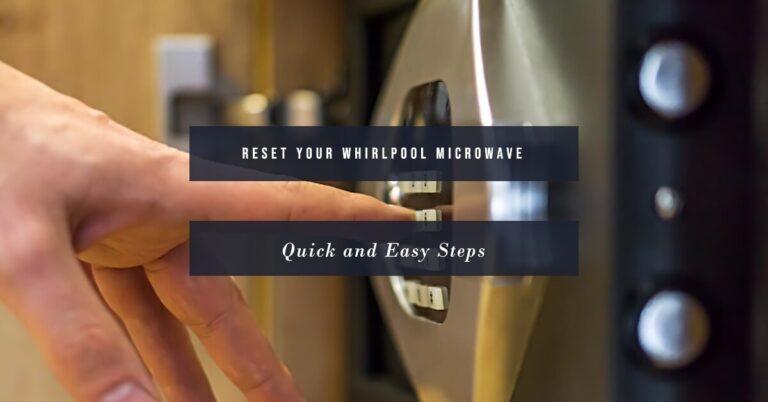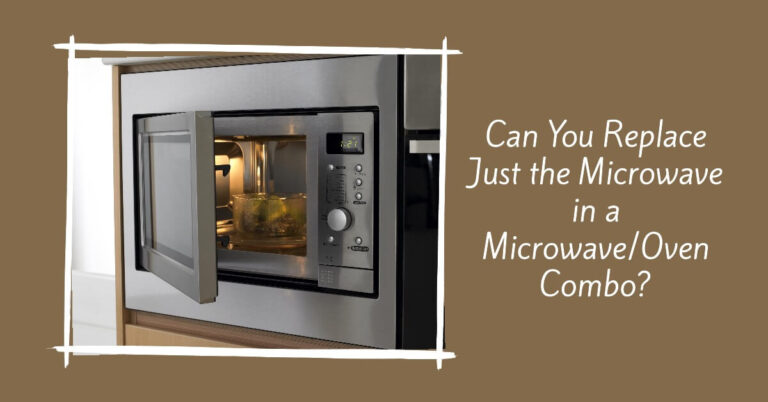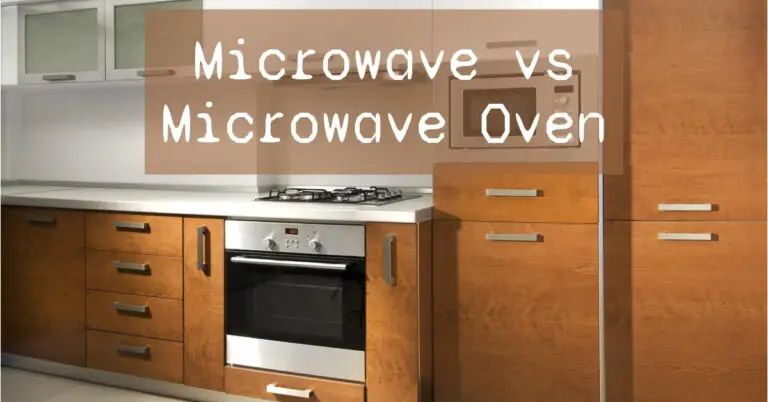can self-cleaning oven kill you? (Potential Health Risks)
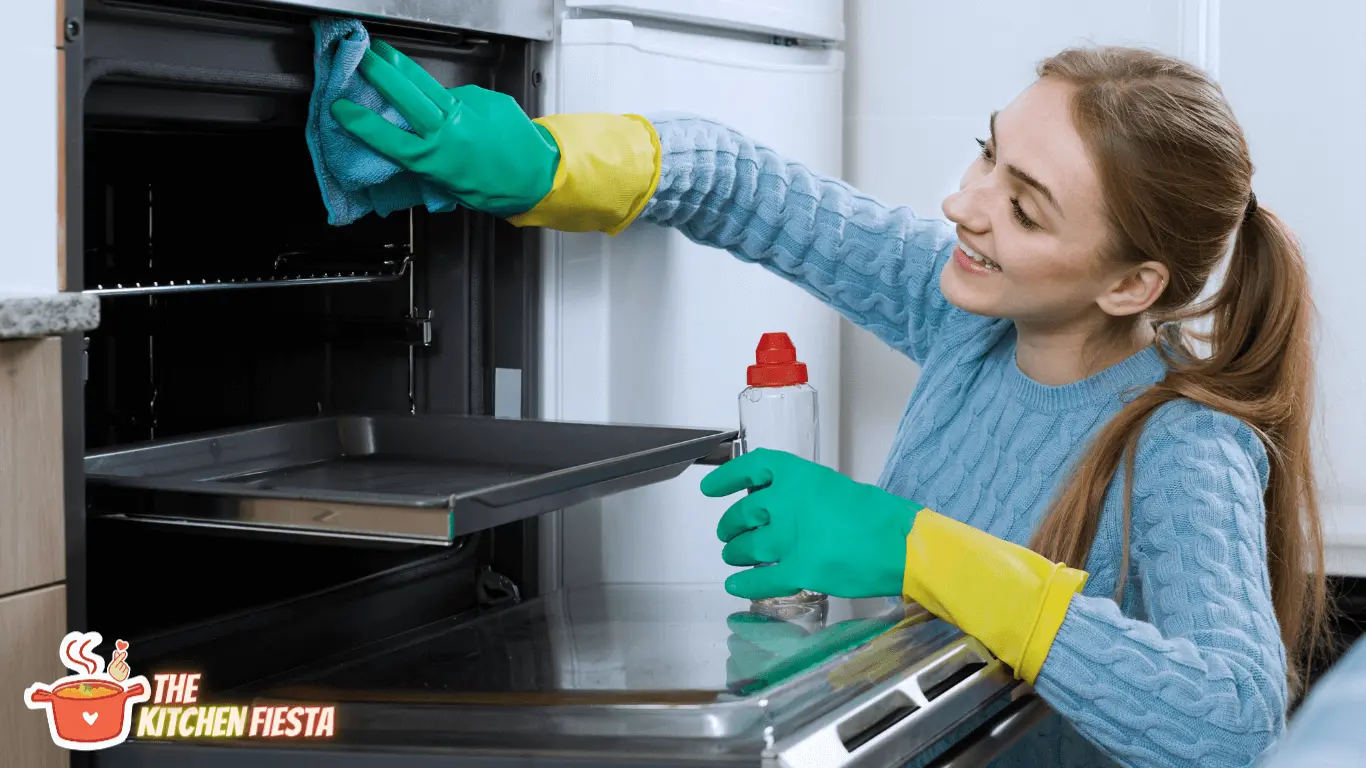
Self-cleaning ovens are a popular appliance in many households. They use high temperatures to incinerate food buildup, making cleaning easier for the owner. Still, there have been concerns about whether these ovens can be dangerous. The question is: can self-cleaning oven kill you?
The answer is yes, but only in extreme cases. During the cleaning cycle, self-cleaning ovens can release carbon monoxide, a highly toxic poisonous gas. Inhaling this toxic gas can affect a person’s respiratory system after a while. It can cause breathing difficulty and even lead to death if proper care is not taken. While the risk of death is low, it is still important to take precautions when using a self-cleaning oven.
What is a Self-Cleaning Oven?
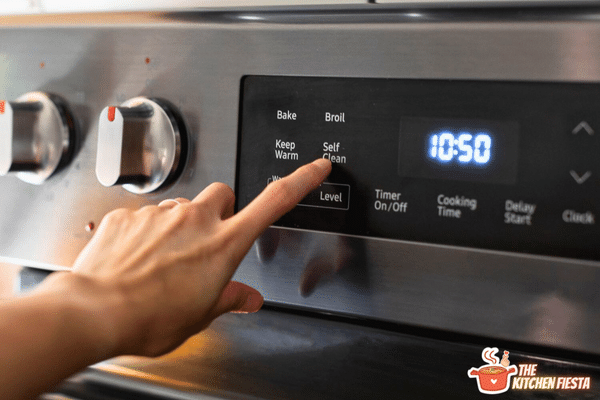
A self-cleaning oven uses high heat to burn off food residues and spills, leaving the interior of the oven clean and free of debris. The self-cleaning feature is a popular option in modern ovens, as it eliminates the need for manual cleaning and can save time and effort.
Self-cleaning ovens typically have a special interior coating that helps withstand high temperatures. During the cleaning cycle, the oven heats to around 900 degrees Fahrenheit, which is hot enough to burn off food residues and other debris.
The self-cleaning cycle typically lasts between two to six hours, depending on the oven model and the level of cleaning required. During this time, the oven door locks automatically to prevent accidental burns and to keep the high heat inside the oven.
How does a self-cleaning oven work?
Self-cleaning ovens are designed to make cleaning easier and more efficient. They use either high temperatures or steam to remove any residue and food leftover from previous baking or roasting. The self-cleaning feature is meant to reduce soil with varying cycle lengths. Here’s how it works:
High-temperature self-cleaning: This method uses extreme heat to incinerate the crumbs and grease in your oven and turn them into ashes. The oven heats itself to an extremely high temperature, which burns away any food residue and turns it into ash.
It’ll typically reach somewhere between 470-500°C or 880-900°F. The cycle length varies from oven to oven, but it usually takes three to five hours to complete.
Steam cleaning: This method is designed for light soils “between” cleanings. It uses steam to loosen and remove any residue and food leftover from previous baking or roasting. The cycle length varies from oven to oven, but it usually takes 20-30 minutes.
The self-cleaning feature should only be used when the oven is empty. High temperatures can damage oven components, such as the heating element or the door gasket. Also, remove large pieces of food or debris from the oven before starting the self-cleaning cycle. This will help prevent any potential fire hazards.
Is it safe to use a self-cleaning oven?
Self-cleaning ovens are a convenient way to keep your oven clean without harsh chemicals or scrubbing. Some people may be concerned about the safety of using a self-cleaning oven. This section will discuss the risks of using a self-cleaning oven and the precautions to take.
Risks of using a self-cleaning oven
One of the main risks of using a self-cleaning oven is the release of carbon monoxide gas. Carbon monoxide is a colorless, odorless gas that can be deadly in high concentrations. During the self-cleaning process, the oven heats up to extremely high temperatures.
It can cause any grease or food debris inside the oven to burn off. This burning process can release carbon monoxide gas into the air. The amount of gas released depends on the amount of debris in the oven and the cleaning cycle duration.
Another risk of using a self-cleaning oven is the potential for a fire. The high temperatures during the self-cleaning process can ignite any flammable materials in the oven, such as food debris or oven mitts. This can lead to a dangerous fire that can quickly spread to other parts of the kitchen.
Precautions to take when using a self-cleaning oven
It is important to take certain precautions to minimize the risks associated with using a self-cleaning oven. First, make sure the room is well-ventilated. Open windows and turn on the exhaust fan to help remove any carbon monoxide gas from the air. It is also a good idea to evacuate any pets from the area to protect them from smoke inhalation.
When using a self-cleaning oven, following the manufacturer’s instructions carefully is important. Please do not leave the oven unattended during the cleaning cycle, and do not use the oven for cooking or baking while it is in self-cleaning mode. Before starting the cleaning cycle, remove any flammable materials from the oven, such as oven mitts or paper towels.
Related Article:
can self-cleaning oven kill you?
Potential Dangers of a Self-Cleaning Oven
One of the most significant risks of self-cleaning ovens is the emission of carbon monoxide. During the cleaning cycle, the oven heats to extremely high temperatures, which can cause the buildup of carbon monoxide gas. This gas is highly toxic and can cause difficulty in breathing, headaches, and even death if inhaled in large quantities.
Another potential danger of self-cleaning ovens is the risk of fire. The high temperatures during the cleaning cycle can ignite any leftover food particles or grease in the oven, leading to a fire. This risk is especially high if the oven is not cleaned regularly or if debris buildup is inside the oven.
How to Avoid the Risks of a Self-Cleaning Oven
To minimize the risks associated with self-cleaning ovens, follow some safety precautions. Here are some tips to help you avoid potential dangers:
- Always read the manufacturer’s instructions before using the self-cleaning feature.
- Make sure the kitchen is well-ventilated during the cleaning cycle. Open windows and turn on the range hood to help dissipate any fumes.
- Remove any large food particles or debris from the oven before starting the cleaning cycle.
- Do not leave the oven unattended during the cleaning cycle.
- Regularly clean the oven to prevent the buildup of debris, which can increase the fire risk.
- If you experience any symptoms, such as headaches, dizziness, or difficulty breathing during the cleaning cycle, turn off the oven immediately and seek medical attention.
Conclusion
While it is possible for a self-cleaning oven to become flammable or emit carbon monoxide if not used properly, these risks can be avoided by following the manufacturer’s instructions and using the oven in a well-ventilated area.
The self-cleaning feature should be used sparingly, as this can put too much stress on the oven and cause it to ignite a fire.
FAQs
Can I Use My Self-Cleaning Oven To Clean Other Appliances?
No, self-cleaning ovens are designed specifically for cleaning the oven’s interior. Using the self-cleaning feature to clean other appliances, such as a microwave or toaster oven, can be dangerous and damage the appliance.
How Often Should I Use The Self-Cleaning Feature On My Oven?
It is not recommended to use the self-cleaning feature on your oven more than once every few months. Frequent use of the self-cleaning feature can cause damage to the oven and increase the risk of fire.
Can I Use Oven Cleaner Instead Of The Self-Cleaning Feature?
Yes, you can use oven cleaner instead of the self-cleaning feature to clean your oven. However, it is important to follow the instructions on the oven cleaner carefully and to wear protective gloves and a mask to avoid inhaling fumes.
Can I Leave The House While My Oven Is Self-Cleaning?
It is not recommended to leave the house while your oven is self-cleaning. High temperatures during the self-cleaning cycle can cause a fire if something goes wrong. It is important to respond quickly if needed.
How Long Does The Self-Cleaning Cycle Take?
The self-cleaning cycle can take two to six hours, depending on the oven and the level of cleaning needed. It is important to follow the instructions in the owner’s manual carefully to ensure that the oven is cleaned safely and effectively.


